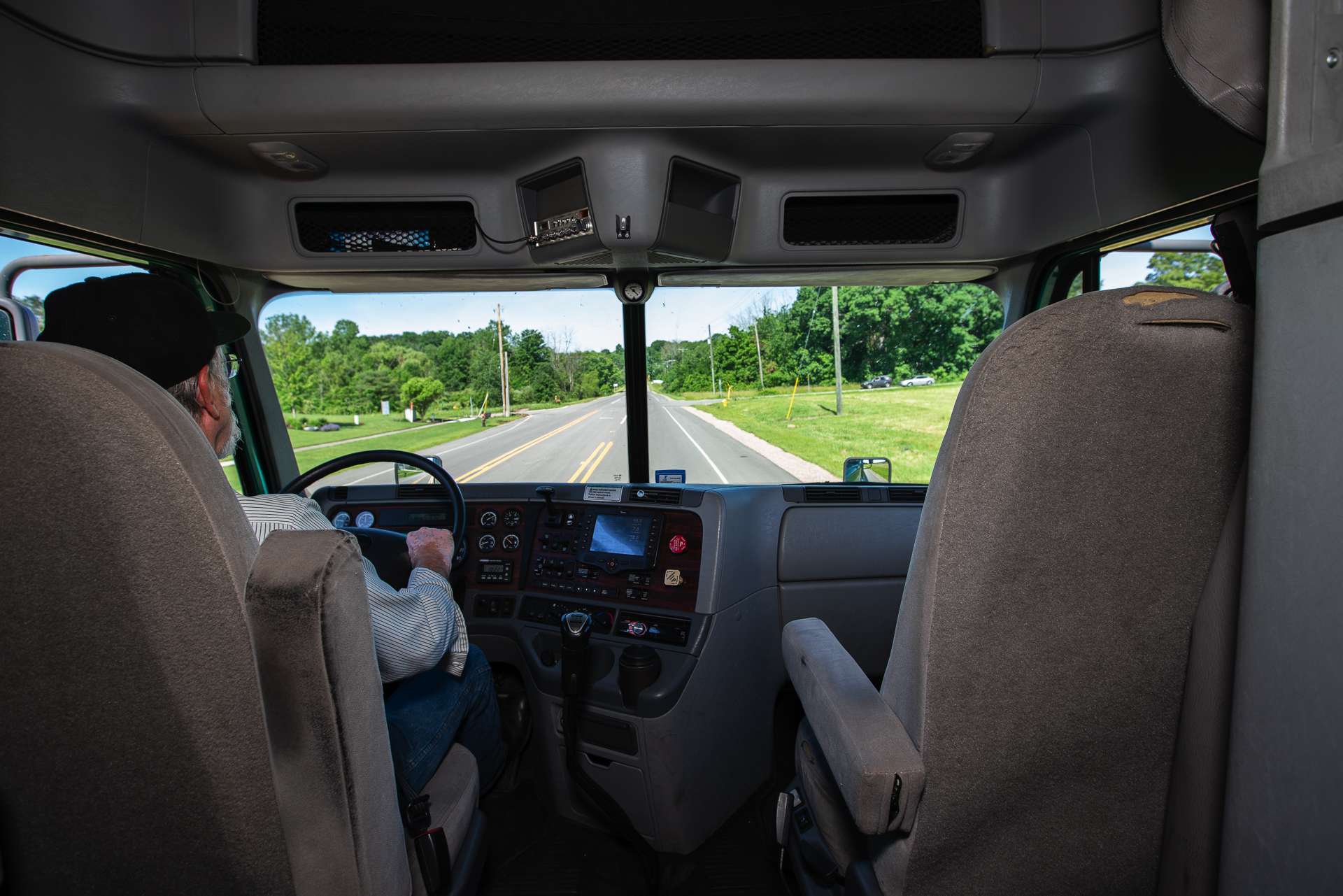Driver Logs—How Logging Time Has Changed

With the move from paper logging to electronic logging devices (ELDs), recording driver data has changed a lot over the years. With the recent advent of ELDs, logging hours of service has been made much easier and more accurate.
What Are the Benefits of Electronic Logging Devices?
Not using paper logbooks is one main advantage of electronic logging devices (ELDs). Keeping paper driver logs was time-consuming and they were more likely to contain errors or inaccurate information. While it might seem to some drivers an overreach, the intended requirement of ELDs is to help keep everyone safe by enforcing true logging data and periods of rest required by law.
In addition to tracking accurate hours of service (HOS), since ELDs are connected to the truck’s onboard diagnostic port, real-time tracking of the vehicle’s error codes and mileage helps keep NTB drivers on the road and moving, while decreasing the likelihood of breakdowns. Most ELD systems come equipped with GPS tracking which allows dispatchers and customers to know where their freight is at any given time. This is also an invaluable tool for efficient driver routing and scheduling to maximize their HOS.
When Were Changes to Electronic Record-Keeping Made?
The FMCSA transition from paper to electronic logging occurred in phases over a three year period and had a couple of other iterations in between. In short, the rule to electronic logging exclusively took effect after December 16, 2019.
From February 16, 2016, to December 17, 2017, there was an introduction period. FMCSA-approved ELDs were available for voluntary use, but they were not required. During this period, any approved logging method could be used, including paper, software, automated onboard recording devices (AOBRDs), and ELDs. This introductory phase gave drivers and companies such as NTB Trucking an opportunity to test the devices themselves and become familiar with them.
Phase 2 eliminated the use of paper and software as acceptable and legal methods of logging. AOBRDs that had previously been installed and used could continue to be used during this period. Phase 2 occurred from December 18, 2017, to December 16, 2019.
Starting on December 17, 2019, all driver logs must be kept using ELDs. For drivers who have been on the road for a few years, learning a new system for logging could be a bit of a challenge. Once that learning curve has passed, the simplicity of recording and producing hours of service data when requested is made possible by the use of ELDs.
Summary
As we come upon one year of ELDs being the required method for logging hours of service, the jury is still out as to whether it has made our roads safer than when other systems were used. Have you had positive experiences with the use of ELDs? Share your thoughts in the comments below or on our Facebook Page.
Sources:
https://www.samsara.com/guides/electronic-logging-device
https://eld.fmcsa.dot.gov/File/open/18f45f72-dc16-e41b-e053-0100007fe49a
NTB is Hiring: Apply to drive with NTB
Ride with Pride: Shop NTB gear from mugs to sweatshirts.